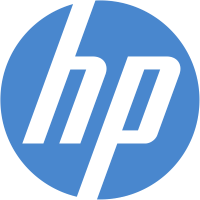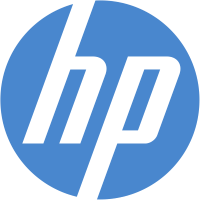
HP Inc
NYSE:HPQ

HP Inc
HP Inc., a stalwart in the realm of personal computing and printing, traces its origin to the legendary Hewlett-Packard Company. Its journey began as a widely diversified technology enterprise, but in 2015, a strategic bifurcation gave birth to HP Inc. and Hewlett Packard Enterprise. HP Inc., based in Palo Alto, California, took the mantle of personal systems and printing, carving out a niche as a leader in these sectors. The company's business model centers around the production and sale of a wide array of personal computers and printers, targeting both consumers and enterprises. Its portfolio includes laptops, desktops, and workstations that cater to a broad spectrum of users, from everyday consumers to high-end professionals.
Central to HP Inc.'s success is its ability to continuously innovate while operating at scale. The company thrives on a dual-income model, generating revenue not just through selling hardware but also through a stream of recurring income from supplies like ink and toner. This supplies segment, often viewed as the razor-and-blades model, contributes to steady cash flow. The firm's ingrained focus on sustainability and design also adds a competitive edge, as evidenced by its efforts in innovating eco-friendly products and solutions. Moreover, HP Inc. strategically expands its market footprint via acquisitions and strategic partnerships, ensuring that it remains at the forefront of the ever-evolving technology landscape. This adaptability is what keeps HP Inc. not only surviving but thriving in the competitive tech arena.

















































 You don't have any saved screeners yet
You don't have any saved screeners yet
